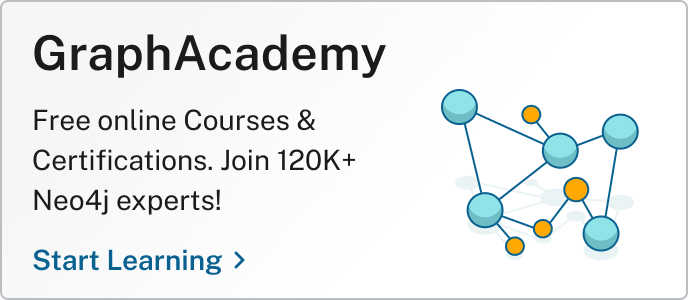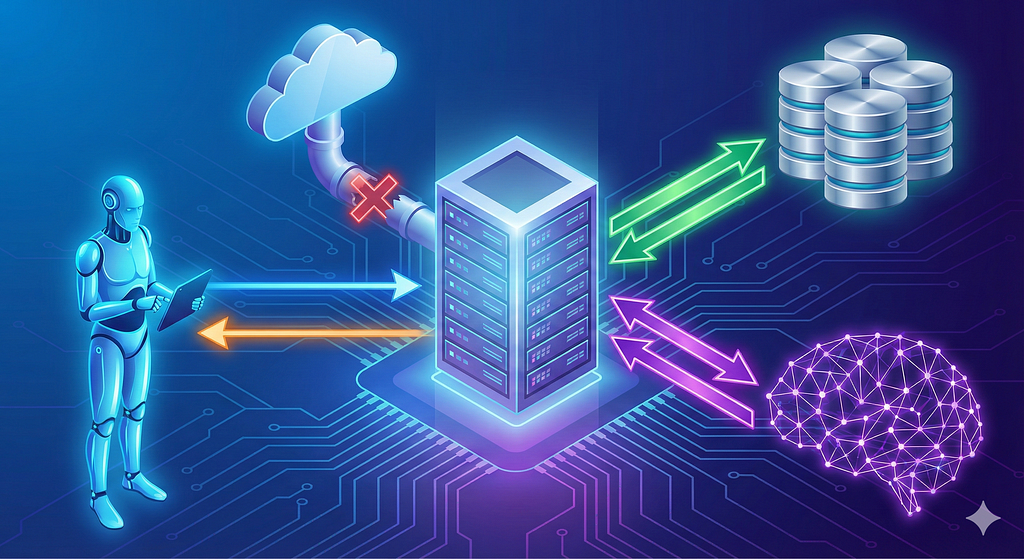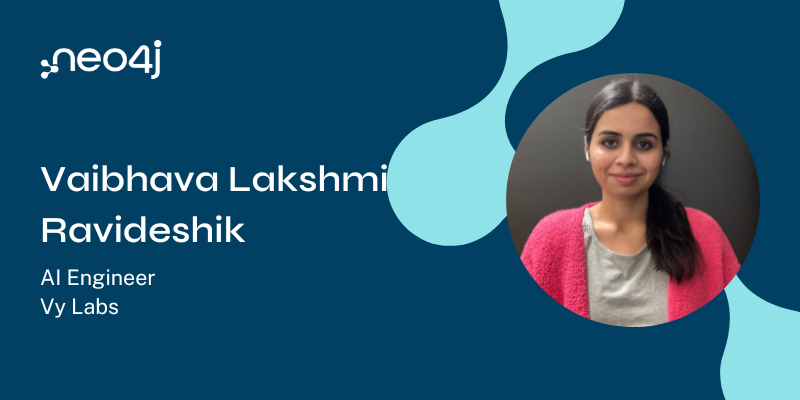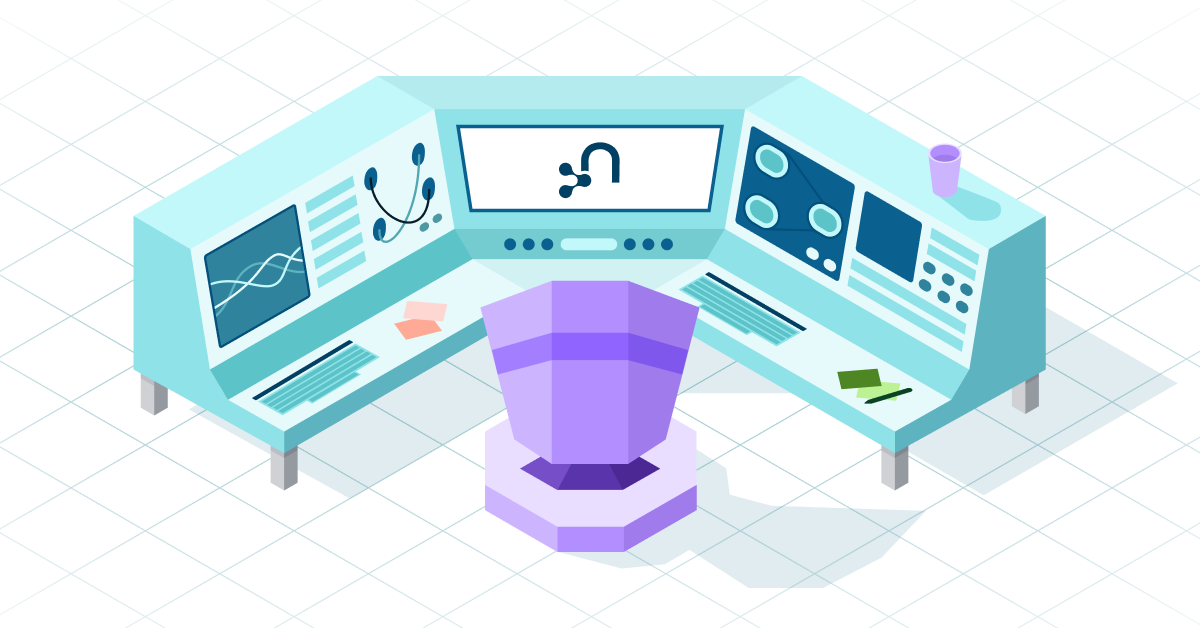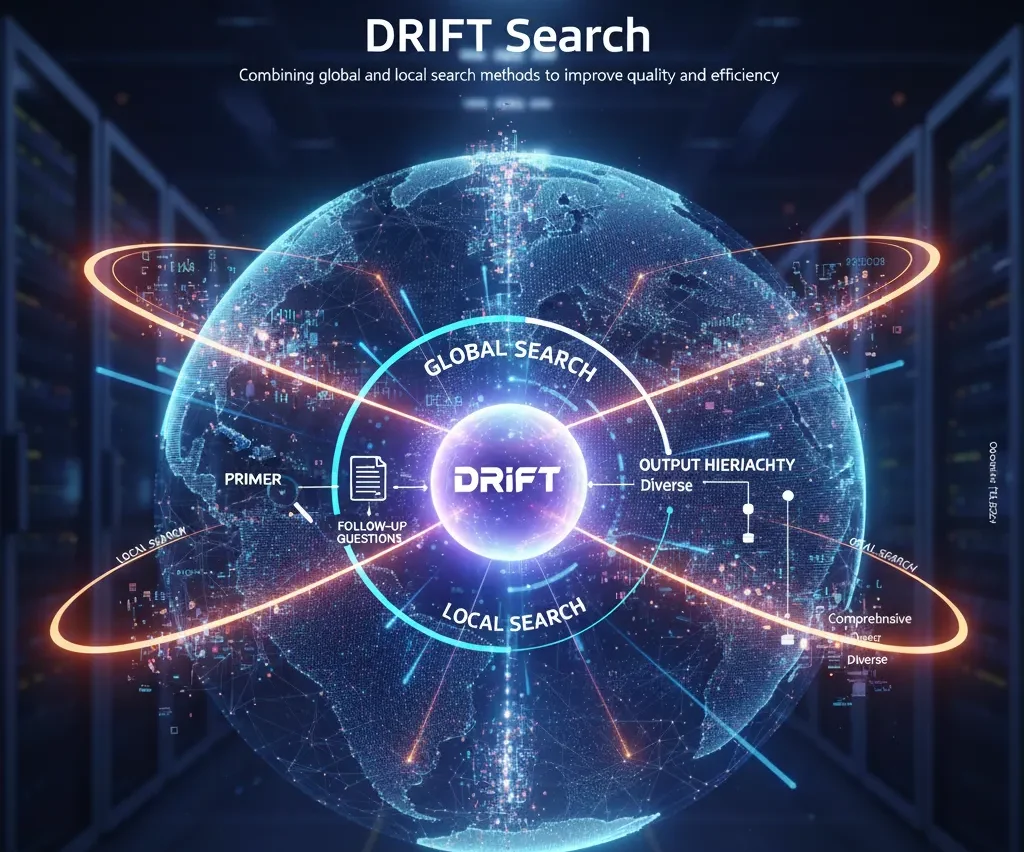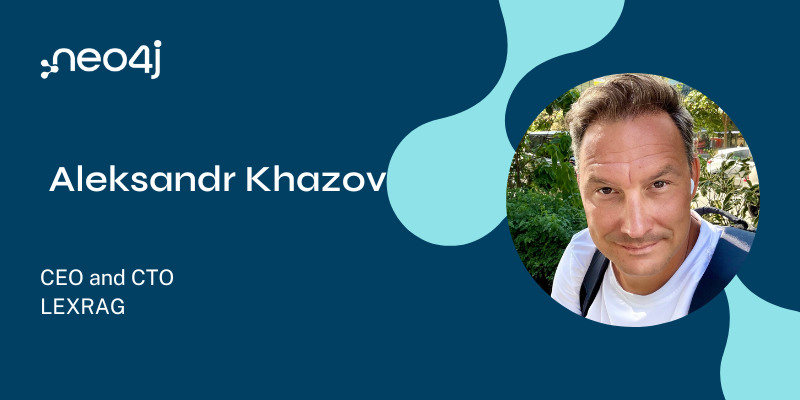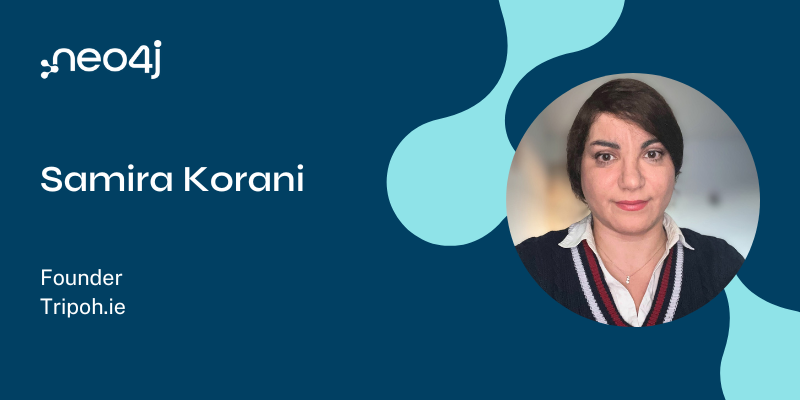This Week in Neo4j: Aura Agents, Fraud, Langchain, AI Memory and more

Senior Developer Marketing Manager
4 min read
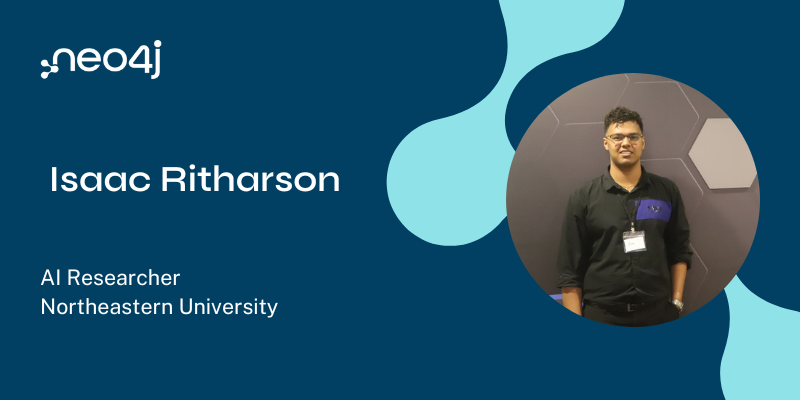
Welcome to This Week in Neo4j, your fix for news from the world of graph databases!
We are happy to celebrate the launch of Aura Agents, a powerful no/low-code tool to build explainable, GraphRAG-powered AI assistants in minutes. Please test it and create your own production-ready AI agents grounded in your data!
This edition also covers innovations in fraud detection, fuzzy knowledge graph extraction with LangChain and dynamic AI memory optimisation.
NODES 2025 is back on November 6 – our global, 24-hour graph dev conference spotlighting real-world apps, intelligent systems and all things Neo4j. Our keynote this year by Andrew Ng dives into the technical frontiers shaping the future of AI.
And while we are getting ready for NODES 2025, we have just opened the Call for Papers for NODES AI: On April 15, practitioners will gather virtually to explore AI, context engineering, and intelligent agents.
Happy Graphing,
Alexander Erdl
COMING UP!
- Livestream: Neo4j Live: Valkompass.ai – Mapping Political Insight with Graphs & AI on October 16
- Conferences: Find us at AWS GenAI Loft, London on October 20 & AI.SUMMIT Hamburg on October 21
- Meetup: Meet us in London, UK on October 14, Bangkok, TH on October 16, Berlin, DE & Singapore, SN on October 23
- All Neo4j Events: Webinars and More
FEATURED COMMUNITY MEMBER: Isaac Ritharson
Isaac Ritharson is an AI researcher at Northeastern University (NU) in Seattle, WA, passionate about positively impacting society. With expertise in applied artificial intelligence, he explores the intricate connection between neural networks and the biological aspects of our world.
Connect with him on LinkedIn.
Isaac is a NODES 2025 Speaker. Together with Ishan Chaudhary, their session is “MedQGraph: TMKGs for AI-Driven Healthcare Insights”, where they present Medical Record Knowledge Graph (MRKG), a scalable framework that transforms structured MIMIC-IV EHR data into an interpretable, queryable graph using Neo4j. MRKG integrates diverse clinical entities, diagnoses, procedures, and medications into a cohesive structure, enabling comprehensive exploration of patient history.
NODES: Keynote by Andrew Ng
We’re thrilled to announce that Andrew Ng will kick off NODES 2025 on November 6 with an inspiring conversation on the future of AI with Emil Eifrem, CEO of Neo4j.
Andrew Ng is the Founder of DeepLearning.AI, Managing General Partner at AI Fund, and Chairman & Co-Founder of Coursera. An AI and online education pioneer, he has taught 8M+ people. Named to the Time100 AI list in 2023, he has authored/co-authored 200+ papers and holds degrees from CMU, MIT, and UC Berkeley. He now focuses on AI education and entrepreneurial ventures, looking for the best ways to accelerate responsible AI adoption globally.
AURA AGENTS: Neo4j Aura Agent: Create Your Own GraphRAG Agent in Minutes
Neo4j introduces Aura Agents, a no/low-code platform that lets you spin up GraphRAG agents grounded in your AuraDB knowledge graphs in minutes. Zach Blumenfeld & Ed Sandoval walk you through building a contract-review agent using Cypher templates, vector similarity tools, and Text2Cypher fallbacks, illustrating how structured retrieval plus semantic overlays yield explainable, context-aware AI assistants.
FRAUD: Fraud Event Sequence Data Model
This article presents an event-oriented extension of the transaction graph model where each step in an account takeover (authentication, phone/email change, external transfer, etc.) becomes its own event node linked chronologically via relationships. The model developed by Bastien Hubert, Maxime Guery and Michael Down makes writing Cypher patterns for weak signals and rapid suspicious sequences easier, enabling fraud detection across temporal context.
LANGCHAIN: Improving LangChain Knowledge Graph Extraction with BAML Fuzzy Parsing
Fareed Khan tackles the brittleness of strict JSON parsing in node/edge extraction – especially when using smaller or quantised LLMs. He shows how BAML’s fuzzy parsing can boost extraction success from ~25% to over 99%
AI MEMORY: Self-Tuning AI Memory from Real User Feedback
Vasilije Markovic from Cognee explains their auto-optimisation feature of AI memory graphs. This feature learns from user feedback and translates reactions into sentiment scores that reinforce or attenuate edges in the graph over time. This feature helps reduce manual tuning and evolves the relevance of answers through real usage.
CONTINUOUS LEARNING
- GraphAcademy: Learn to build with Python in “Using Neo4j with Python” to create your own Neo4j-backed applications.
- Get to Know Graph: Level up your graph skills with webinars packed with practical insights to help you build powerful apps
- Learn on Your Schedule: Go deeper into graph technology on Neo4j’s On-Demand webinar library
- Workshops: Road to NODES
- New Webinar: Build a Knowledge Graph to Create Real-Time, Personalized CX – AMER, EMEA, Asia Pacific
POST OF THE WEEK: Tuana Çelik
Please share it if you like it!

